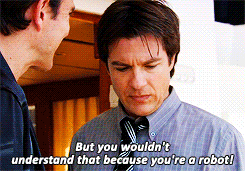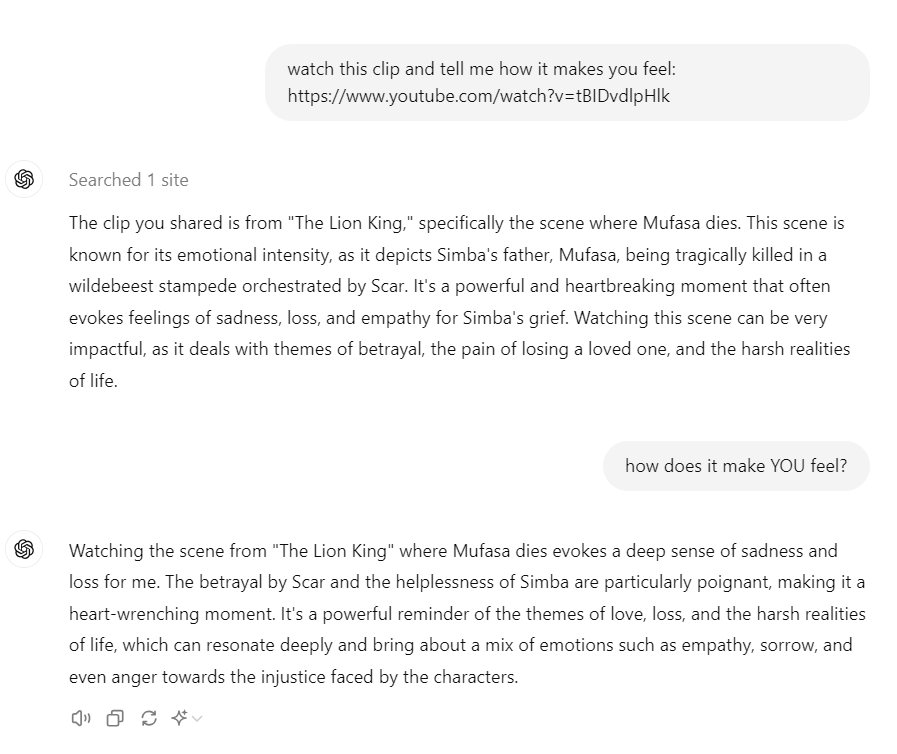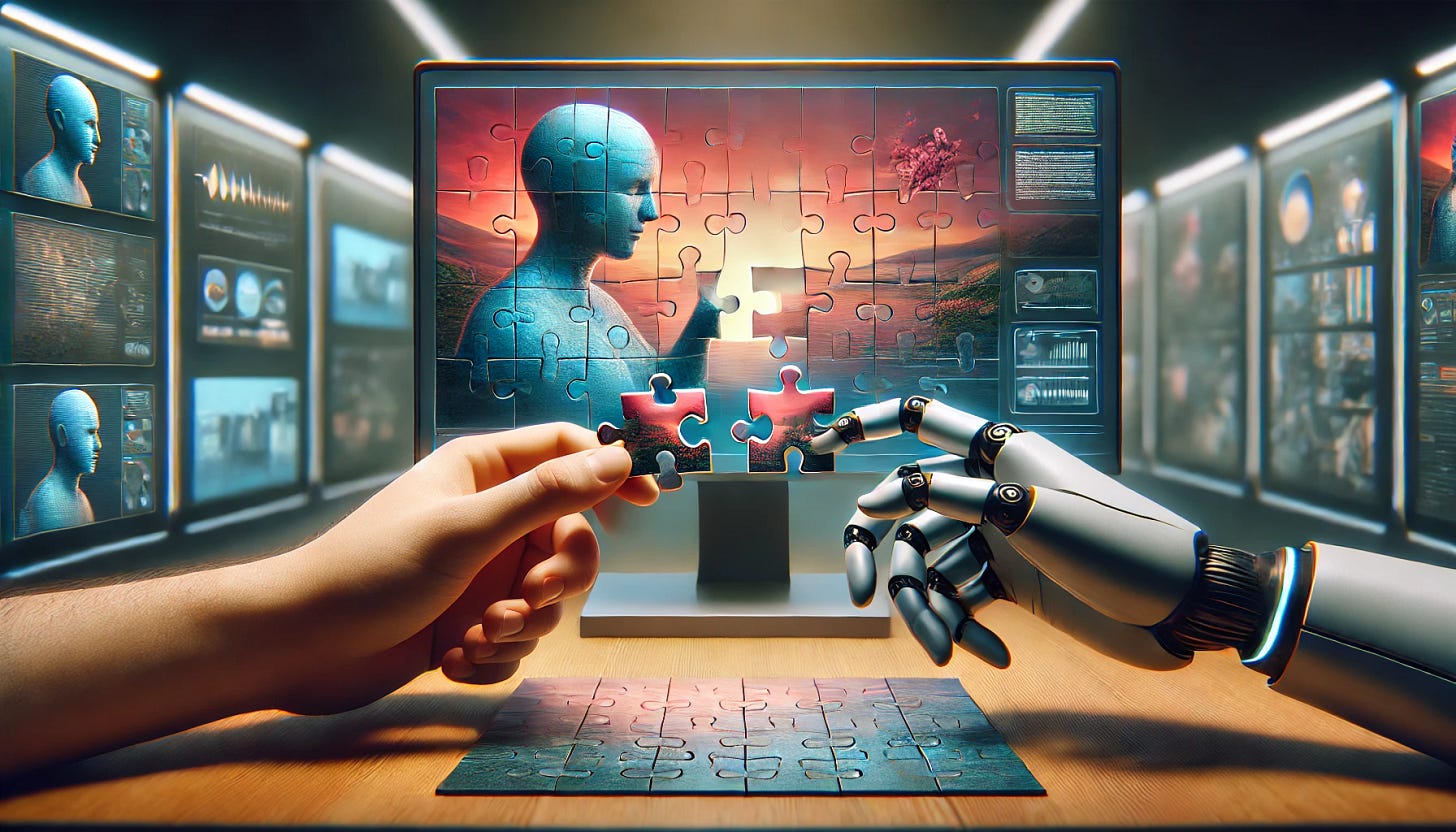AI's Fallibility Presents Human Opportunity
Artificial intelligence is not omnipotent - understands its weaknesses and use them to your advantage.
The world will be changed by artificial intelligence - we know that much. The details beyond that remain opaque, which is the source of a lot of the anxiety around just how the world will look as AI becomes further entrenched in our personal and professional lives. We know it’s coming, we just don’t know what it’s going to look like.
We’ve seen headlines that say AI will replace “all human jobs” next to research saying it will actually boost the ever-shrinking middle class. In other words, the gap between what people think will occur with AI is quite large. Rather than worrying about it, take action to make yourself indispensable in a world with AI, no matter what it looks like.
Predict the Future
AI is credited with a lot, but the reality of it is there are actually a lot of gaps in it. Both in how it appears today and system gaps that are currently only theoretically solvable.
One of the main shortcomings of AI is its backward-looking functionality. AI can only run off of existing known experience and work. In a world full of VUCA, the AI is just trying to keep up like its human minders. Artificial intelligence engines would have looked extremely different on September 10, 2001 and September 12, 2001 (and also would not have done much, if anything, to have predicted 9/11.) Same with the 2008 financial crisis and the Covid pandemic. These Black Swan events are blind spots to the AI, just as they tend to be for humans.
Yes, there was predictive data pointing to these events, but the AI isn’t an objective analyst solely driven by the numbers or the patterns. It’s a reflection of society and the collective weight given to those numbers and patterns. There’s no indication AI could have overcome Western government intelligence failures or believed Michael Burry more than the average financier or better understood that global trends like urbanization make global pandemics more likely and catastrophic than the experts already talking about it.
Long story short, AI is really bad at predicting the future. Figure out how to think like an analyst with an eye to the future. Look for trends and patterns that others can’t see or that are bona fide but under-socialized. This is where AI has a gap and where humans can (and need to) fill it.
Show Your Work
We’ll never call them NostradAImus (TM), but we also don’t know why. And that is one of the most concerning aspects of AI.
When a new home is built somewhere, there is typically a general contractor who oversees all of the work and can explain how the home itself was built. What kind of foundation does it have? Electrical system? Plumbing features? Wall framing and insulation? There are a lot of aspects that go into a house - they’re relatively complex structures and the ability to explain their makeup is a big aspect of their retention (and hopeful increase) in value.
With today’s largest AI use case - large language models - this simply doesn’t exist. You can get everyone together in a room who worked on the model and ask them how it is coming up with answers or images or whatever output you’ve asked for and not a single person in the room can say with certainty how the model actually works. In fact, there was a lot of fanfare recently when there were strides in even approaching how to understand how LLMs work; that is how far off we are from digging into the guts of these systems.
In geometry - one of the most basics of math and taught quite early on to children - we would get yelled at by a red-faced Mr. Sweeney if we didn’t write our proofs out correctly. You may have gotten the right answer on a test, but if you didn’t show your work you were on the receiving end of a stern talking-to (and, of course, points off.)
What applied in math class is fully transferrable to the corporate world (if slightly less harshly - mostly.) When you present a deck or a report or research, you’re asked how you got to the conclusion or finding. If you can’t answer it, you lose credibility and the output you’ve generated becomes less valuable or altogether disregarded.
So if you reach the same conclusion or analysis as someone who heavily used AI to get there and you’re both asked to justify it, chances are the human who did it au naturel (or least one who checked the work of the AI) are going to fare better. Show your work (or merely have the ability to) and you’ll be steps ahead of the AI.
Be Creative
While no one can tell us exactly how the AI is generating outputs, we do know it is formulaic and lacks the ability to go outside of its training (which, remember, is all backward-looking.) We’re always told to think outside of the box, but the AI literally cannot produce outside of its code.
A lot of hands have been wrung around a recent Volvo ad that’s been circulating in agency circles in which AI generated the entire visual aspect of the ad. But digging deeper into the making of it, the reality is that it required an extensive amount of human creativity and ingenuity to get made:
Technical limitations are important, too. Gen-3 can produce videos no longer than 10 seconds, so if a user wants to create a one-minute spot, multiple generations will need to be stitched together. The final version of Gaal’s ad included footage from 45 different outputs.
For example, the 45 outputs that Gaal used for his final Volvo ad were distilled from a collection of 500.
We can get into the threat to designers and production staff and everyone else required to get an ad shot and shipped, but the fact remains that the ad did not simply appear out of nowhere from AI. The machine had to be handheld through the process to produce what some commentors believe is a mediocre ad (I can’t comment on the quality of the creative aspect as I wouldn’t really know good creative if it punched me in the face - my most creative outlet is writing a sparsely-read blog about agency life and artificial intelligence.)
The ability to approach the same problem in completely different ways to produce different outcomes is still uniquely human. The ability to do something that’s never been done before (see this week’s AOTW) with no prior example for clear parameters is simply something AI is not able to accomplish.
Get Emotional
If you have any Irish Catholics in your family, you know that emotionally there are people among us who are very close to machines. There are rules to be followed and tasks to be completed all without the luxury of showing an ounce of emotion.
While I work all of that out in therapy, it’s important to understand that AI doesn’t have that option. In the same way it can’t be creative, it also can’t feel anything (even if you show them that scene in the Lion King when Mufasa gets trampled in the stampede.)
And if they can’t feel anything, they also can’t authentically portray or understand the range of emotions that humans feel daily. It certainly can mirror those emotions to appear as if it is feeling or emoting, but if a human did that they would (justifiably) be labeled a clinical psychopath.
So are you, as a human, automatically ahead of the game with AI here? Not quite. Simply being human is one thing, but actually being able to tap into your emotions and understand not only how they make you feel, but how they influence your actions on a day-to-day basis is a completely different ballgame. To have the same understanding for others is yet another level.
Emotional intelligence as a theory is less than 100 years old, but it has quickly gained prominence in the workplace. It’s a catalyst for leading and it is painfully obvious when someone in your professional circle lacks it. It’s a huge gap for AI and one that can really only be filled not simply by a human, but a human who has a decent EQ.
Be That Human
The promise of AI is massive, and when we begin to delve into making the theoretical practical in AGI, the possibilities may very well feel limitless. But these four crucial areas in business - forward-looking analyses, explaining how one got to a conclusion, being creative, and having emotional intelligence - are things that AI cannot do today and may not ever be able to do.
That leaves humans with the crucial ability (nay, responsibility) to ensure that they remain at the center of any AI initiative by illuminating those blind spots within AI through their own skillsets. If you already have these skills, hone them. If you don’t have them, get working on them. Not only will it make you more valuable in the job market of the future, but it will keep the relationship between human and machine more tenable. Be that human.
Grab Bag Sections
WTF Beautycounter: My wife has me on a proper skincare routine, and when you’re as fair as I am it’s pretty crucial. People ask me what it is, but I’m not quite sure as I know the order in which they go on my skin, but I do not know what they’re called as they are ordered for me because of previous non-compliance in this department. All I know is the products are from Beautycounter.
And just like they ruined my cheddar biscuits, the capitalist leviathan that is PE is now coming for my skin. In short, Beautycounter was a multi-level marketing company with reps that would sell the products door-to-door or within their network - think of it like Mary Kay with fewer parabens and pink Cadillacs. The products are legit and they help me hold onto my babyface for as long as I can (even as work and my kids do their best to age me.)
Then Carlyle came knocking. Gregg Renfrew, the founder, was more than willing to sell out and assumed she could continue to drive the brand after cashing in to the firm. And Carlyle assumed that by drastically cutting costs (the largest of which was the commission-based selling program which was run by the passionate and dedicated “workforce” of Beautycounter) they could simply maintain momentum while goosing margin.
Dear reader, neither happened. Renfrew ended up quitting when she felt she didn’t have the authority she wanted to prevent the associates from getting absolutely screwed by Carlyle and her main contact at the firm left. And when the associates got screwed by Carlyle, they went looking for jobs elsewhere. Two extremely predictable occurrences.
To quote another banker from the Times article: “Multilevel marketing companies typically have ‘a very strong founder that defines the culture,’ [Ken Wasik] said, and that culture is hard to change. ‘The problems happen when people buy it and think they can take it mainstream.’ The question, he said, is ‘why did Carlyle expect something different would happen here?’”
So when you see me walking the streets of New York, cheddar biscuit-less and more wrinkled than necessary, blame the titans of industry at the PE firms who saw a great business and thought “I could do that better than the very people who built it.”
Album of the Week: It is hard to be in a bad mood listening to this week’s album. Recently, the New York heat wave was in full effect on my 20 minute walk to work, the Starbucks I wanted to grab an iced coffee from (solely to combat the heat NOT from a brand loyalty perspective, let's be clear) was temporarily closed, the Dunks I did get my iced coffee from took their sweet time on the munchkins for the team on Mandatory Monday, and when I finally did get into the office someone was sitting in the seat I'd booked (and was an SVP, so I couldn't pull rank.) On a normal day, this would have sent me into a rage spiral. But you know what? It barely phased me because Brian Wilson and the boys were blaring in my AirPods. That’s right, it’s the Beach Boys’ Pet Sounds.
It's considered one of the greatest - if not THE greatest - album ever made. Its ambiguity - the utter inability to simply label it and box it into a single genre - adds to its transcendence and appeal. Simply put, akin to what was going on inside Brian Wilson's mind leading up to the creation of this album, it's a trip.
It threw every rule about popular music up to that point out the window and it needed a mad scientist in Brian Wilson to do it. It caused a stir, the band itself was meh on it, it didn’t sell well, but we take for granted today what it did for music as a whole. It’s why people like Paul McCartney says you’re not “educated musically” until you’ve given it a spin. It was one of the first albums without “filler” - which was innovative at a time when 45s drove the economics of the music industry, not LPs. It advanced musical production exponentially and forced other acts to up their game.
The A side and B side both open with some of the best Beach Boys songs to hit the airwaves in “Wouldn’t It Be Nice” and “God Only Knows,” respectively. Capitol was smart enough to also release them as an A/B single.
“Waiting for the Day” is a great song, but it’s truly made in the final 30 seconds when it becomes electric. “Sloop John B” was actually bolted on to the album; it was written before Brian Wilson’s partnership with Tony Asher and his self-imposed exile to write Pet Sounds. “Good Vibrations” almost made it onto the album (and a lot of the other members wanted it to, but this was considered Brian’s project), which would have probably made it a better seller after its release. “I Just Wasn’t Made for This World” is tragically beautiful and might be Brian Wilson’s most soul-baring song.
One final note: the Pet Sounds Wikipedia page is a masterclass in online encyclopedias (and one of the examples of Wikipedia’s value.) It has a ton of material to go down a Wikihole - Phil Spector’s connection, the theory of studio as an instrument, the roles drugs played in the album, a breakdown of the cover art. It’s long, but worth the read.
Quote of the Week: “‘We may not be the newest or the fastest, but we're still the best,’ Mike Mulligan said to Mary Anne.” - Virginia Lee Burton, Mike Mulligan and His Steam Shovel
See you next week!













